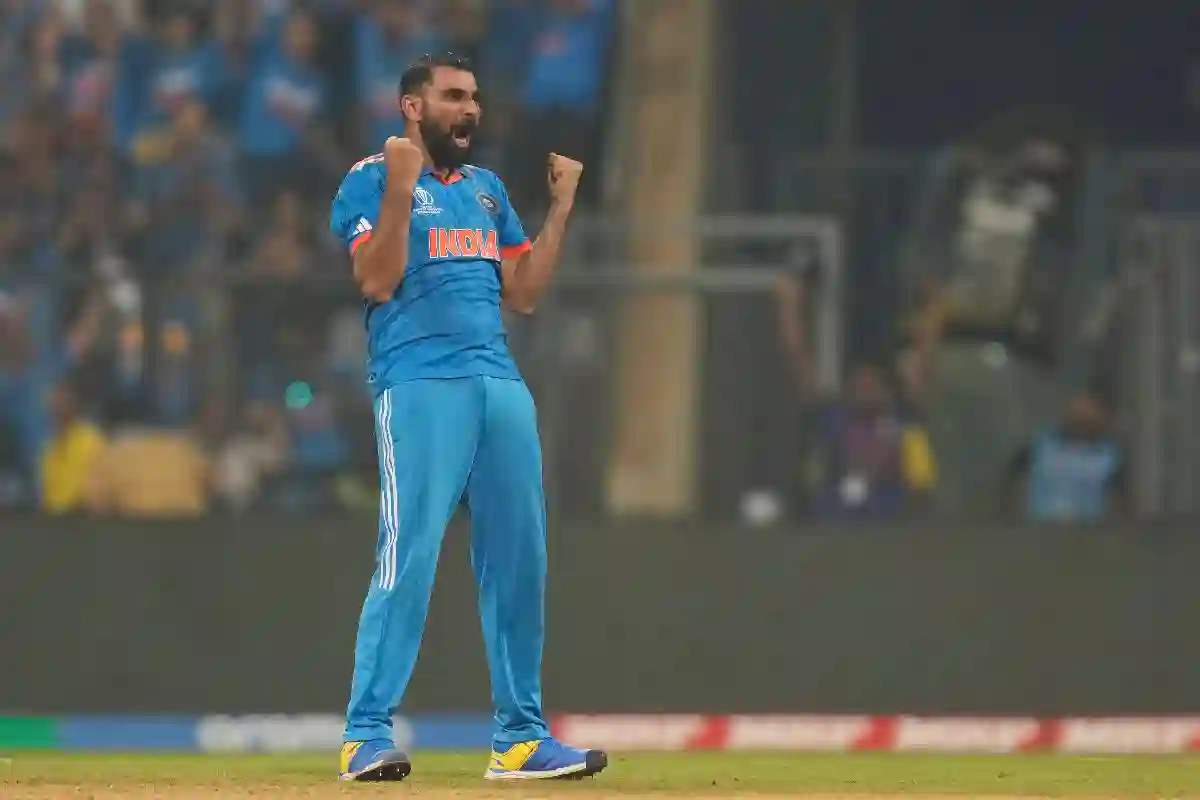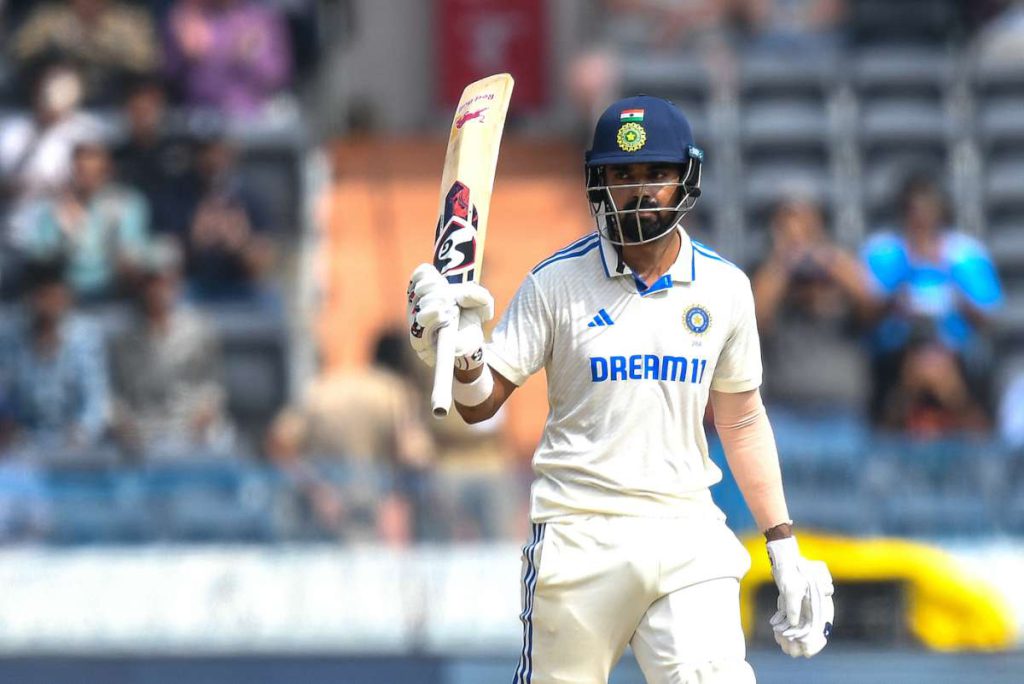Now Reading: Shami vs Agarkar: A Deep Dive into ODI Stats
-
01
Shami vs Agarkar: A Deep Dive into ODI Stats
Shami vs Agarkar: A Deep Dive into ODI Stats

Introduction
The debate over Mohammad Shami’s exclusion from the Indian cricket team continues to ignite conversations among fans and experts alike. In this article, we closely compare Shami’s One Day International (ODI) statistics with those of former pacer Ajit Agarkar, both having played 108 ODIs, to see how they stack up against each other.
Shami’s ODI Journey
Mohammad Shami, the Bengal fast bowler, has made remarkable contributions to India’s bowling line-up. After 108 ODIs, Shami has impressive stats:
| Metric | Shami | Agarkar |
|---|---|---|
| Wickets | 206 | 165 |
| Average | 24.05 | 28.54 |
| Economy Rate | 5.58 | 5.12 |
| Best Bowling Figures | 7/57 | 4/25 |
Performance Metrics
Shami’s performance against top teams is noteworthy. He has seized 42 wickets in 26 matches against Australia, averaging 30.85. His spells against New Zealand and England have also been remarkable, taking 38 wickets at an average of 21.15 and 27 wickets at 24.77, respectively.
Agarkar’s ODI Stats
Ajit Agarkar, despite not playing as many recent high-stakes games, displayed admirable skills during his career. In his 108 ODIs, he managed to claim 165 wickets:
Agarkar’s Strengths
Agarkar’s notable ODI stats include:
| Metric | Performance |
|---|---|
| Wickets Against Sri Lanka | 34 in 15 matches |
| Wickets Against Australia | 19 in 12 matches |
| Wickets Against Pakistan | 18 in 14 matches |
His best bowling figures of 4/25 against Zimbabwe have left a lasting impression in the minds of cricket fans.
Analysis of Wins
Winning matches is crucial in ODIs, and both bowlers have played critical roles in India’s victories. Shami participated in 69 winning matches, taking 150 wickets at an extraordinary average of 19.62. In contrast, Agarkar featured in 57 wins, with 112 wickets at an average of 20.91.
World Cup Performances
In World Cup matches, Shami’s performance shines brightly. He has taken 55 wickets from 18 matches, averaging just 13.52.
| World Cup Stats | Shami | Agarkar |
|---|---|---|
| Matches Played | 18 | 3 |
| Wickets Taken | 55 | 3 |
| Best Bowling | 5/18 | – |
Similarly, Agarkar’s limited World Cup appearances offer insight into how both bowlers performed in crucial tournaments.
Conclusion
The stats make a compelling case for both bowlers, showing their individual strengths and contributions over their ODI careers. Shami’s contemporary performances give him an edge, while Agarkar’s legacy remains a part of Indian cricket history. This comparison emphasizes the changing dynamics of cricket and how each era brings forth unique talents.


















